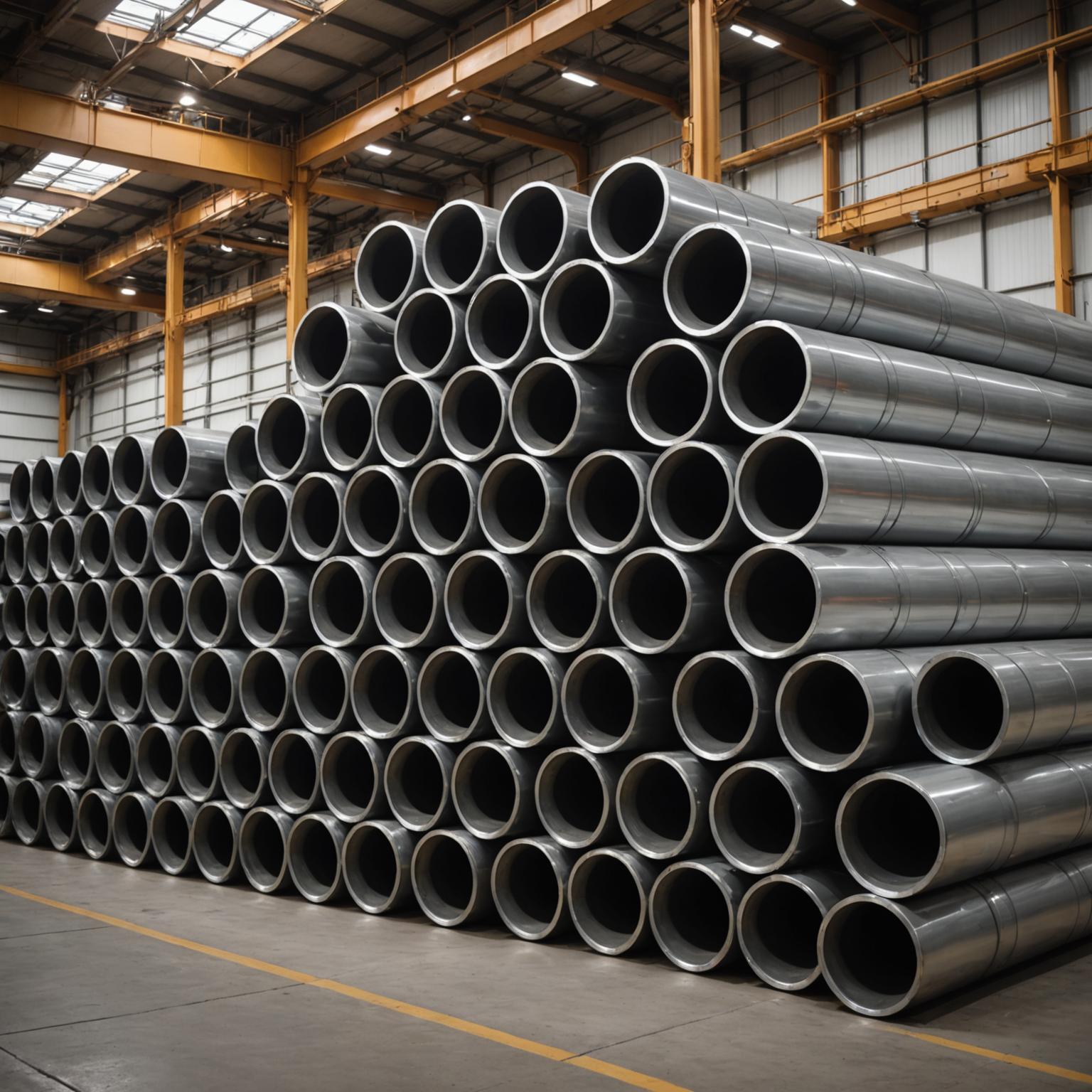When embarking on an industrial, construction, or manufacturing project, the choice of materials is paramount to ensuring longevity, safety, and efficiency. Among the most critical components are pipes, and within the realm of stainless steel, the 304 grade is a popular and versatile choice. A pivotal decision project managers and engineers face is the 304 seamless pipe vs welded pipe cost comparison, a choice that extends far beyond the initial price tag. Understanding the fundamental differences in their manufacturing, performance, and long-term value is essential to making an informed and cost-effective decision for your specific application.
The Tale of Two Pipes: Manufacturing Processes
To appreciate the cost and performance disparities, one must first understand how each type of pipe is created. The manufacturing process is the primary driver of their differences. Seamless 304 stainless steel pipe begins its life as a solid cylindrical piece of steel, known as a billet. This billet is heated and then pierced through the center with a mandrel. It is then rolled and stretched over the mandrel until it reaches the desired length, diameter, and wall thickness. The key takeaway from this process is the absence of any seam or weld joint. The resulting pipe is a single, continuous piece of metal with a uniform structure and a flawlessly smooth surface. This inherent structural integrity gives it superior strength and corrosion resistance.
In contrast, welded 304 stainless steel pipe is fabricated from a flat strip of steel, called a skelp. The skelp is progressively rolled through a series of rollers that shape it into a circular tube. Once the circular cross-section is formed, the two edges of the strip are joined together and welded. Several welding methods can be used, such as Electric Resistance Welding (ERW) or Electric Fusion Welding (EFW). After welding, the pipe may undergo finishing processes to remove the exterior weld bead and stress-relieve the material. This manufacturing method is generally faster, more efficient, and uses raw materials more economically than the seamless process, which directly impacts its final cost.
Decoding the Price Tag: A Direct Cost Comparison
When placed side-by-side on a quote, 304 seamless pipe is almost always more expensive than its 304 welded counterpart of the same dimensions and grade. The primary reason for this price difference lies in the complexity and resource intensity of the manufacturing process. Creating a seamless pipe involves significant energy for heating the billet, powerful machinery for piercing and rolling, and a higher rate of raw material scrap. The process is slower and yields less finished product per hour compared to welded pipe production. Consequently, the overhead, labor, and material costs are substantially higher.
Welded pipe production, on the other hand, is a highly automated and continuous process. It begins with a coil of steel that is unrolled and formed at high speeds, making it a much more efficient manufacturing route. There is less raw material waste, and the energy consumption per foot of pipe is lower. This streamlined efficiency allows manufacturers to offer welded pipes at a more competitive price point. For many applications where the absolute highest pressure ratings are not required, this cost savings makes welded pipe an incredibly attractive and practical option.
Performance Under Pressure: Where Cost Meets Application
While welded pipe wins on initial cost, seamless pipe often takes the lead in performance under demanding conditions. The absence of a weld seam is the most significant advantage of a seamless pipe. A weld seam, even one of high quality, can be a potential weak point. It can be more susceptible to corrosion, may have slight inconsistencies, and represents a point of stress concentration. Therefore, seamless pipes are specified for applications involving high pressure, high temperatures, or highly corrosive materials. Industries like oil and gas, chemical processing, and power generation frequently rely on seamless pipes for critical systems where a failure could be catastrophic and costly. In these scenarios, the higher upfront cost is a necessary investment in safety and reliability.
However, advancements in welding technology have dramatically improved the quality and reliability of welded pipes. Modern manufacturing techniques produce a weld seam that is strong, consistent, and often difficult to even detect. For a vast array of common applications, such as low-pressure fluid transport, structural uses like handrails and frameworks, architectural elements, and general plumbing, the performance of a welded pipe is more than sufficient. Its lower cost and wider availability, especially in larger diameters, make it the superior economic choice for these less critical roles.
The Long Game: Total Cost of Ownership
The true cost of any component is not just its purchase price but its total cost of ownership over the project's lifecycle. This includes installation, maintenance, and potential replacement costs. While the initial investment in seamless pipe is higher, it may lead to lower long-term costs in certain environments. Its superior corrosion resistance, particularly at the would-be seam, can mean less maintenance and a longer service life before replacement is needed. For a high-pressure system that runs 24/7, the cost of downtime due to a pipe failure would far exceed the initial savings of choosing a welded pipe.
Conversely, for a structural application in a non-corrosive environment, a welded pipe will likely perform for decades with minimal maintenance, just like a seamless pipe would. In this case, paying the premium for seamless pipe would not deliver any tangible long-term financial benefit, making the less expensive welded option the smarter financial decision. The ultimate choice requires a careful analysis of the application's specific demands—pressure, temperature, corrosive potential, and the consequences of failure—weighed against the initial budget. The best decision is one that balances immediate cost with long-term performance and peace of mind.








